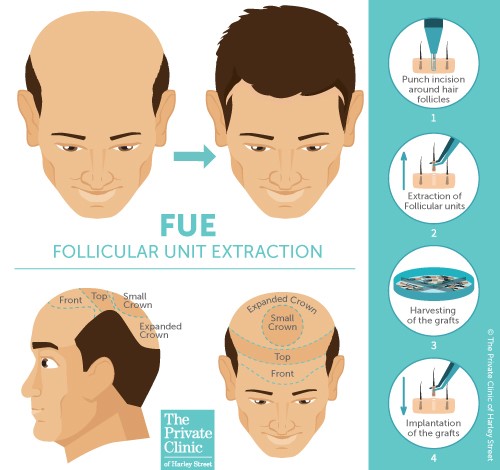
Lets discuss about .FUE hair transplant surgery guide. Also a few hair transplant maintenance advices. Read over the written instructions for post-operative care several times; consider reviewing it again the following day until you are familiar with all the points being emphasized. This is very important because some of the vital details may be forgotten, with the excitement of the surgery, and also with the sedation you may have received, that can cause the fine points to be a little “fuzzy”.
Many people don’t like to take pills. They may also find that they feel relatively good after a transplant and so do not see the need for medication. Many surgeons will advise antibiotics as well as anti-inflammatory and anti-itch medications. These serve an important purpose and will not only keep you more comfortable but could be key to delivering optimal results. Don’t take chances—if your doctor advises it, take your medication.
Strip transplant is still used today and used to be considered the highest standard hair restoration procedure available. The technique is now becoming less common. There are a few different reasons for that, including images of obvious of “plug” donor locations dominating someone’s hairline as well as the linear, long scar that the procedure left on the back of the head. The incision typically taken from the back of the head is due to the hairs that usually remain for men who’ve gone bald, as these healthy follicles have a higher success rate when being transferred. The incision of hair follicles from this area is a risk when removing the strip. Great care has to be taken not to sever any follicles, and because of this, the success rate for strip transplant procedures is reduced. See extra info about Hair Transplant in Toronto.
FUE leaves an almost instant visible improvement and full results for our clients develop within a year post procedure. With FUE methods, post-procedure care is very simple. Mild swelling may occur for a few days. Gentle care and the avoidance of infection risks, such as using hot tubs or swimming in pools, will reduce a patient’s risk of infection for the first few days post procedure. The natural growth cycle is started once after an initial shed and new hairs may be seen as early as 3 months, then the hair will continue to fill in and thicken. The patient will be left with their own real hair. Our “take” rate is high – sometimes more than 90%. This means no more than 1 procedure may be needed for our patients. Hair loss in Toronto is a thing of the past with FUE.
Reasons people seek hair restoration? Androgenic Alopecia: This genetic, progressive form of hair loss tends to run in families. Men and women suffer from androgenic alopecia, but far higher numbers of men present with this patterned balding. That’s why it’s commonly referred to as male pattern baldness. The characteristic receding hairline, thinning crown, and eventual horseshoe-shaped band of remaining hair are easily recognized by most people. The hair follicles are sensitive to dihydrotestosterone (DHT) a hormone that triggers miniaturizing of the hairs. Over time, follicles produce more delicate strands and eventually, none. Women with hereditary hair loss will usually keep their hairline intact but see thinning all over the scalp. This type of hair loss accounts for most Toronto hair transplant patients.